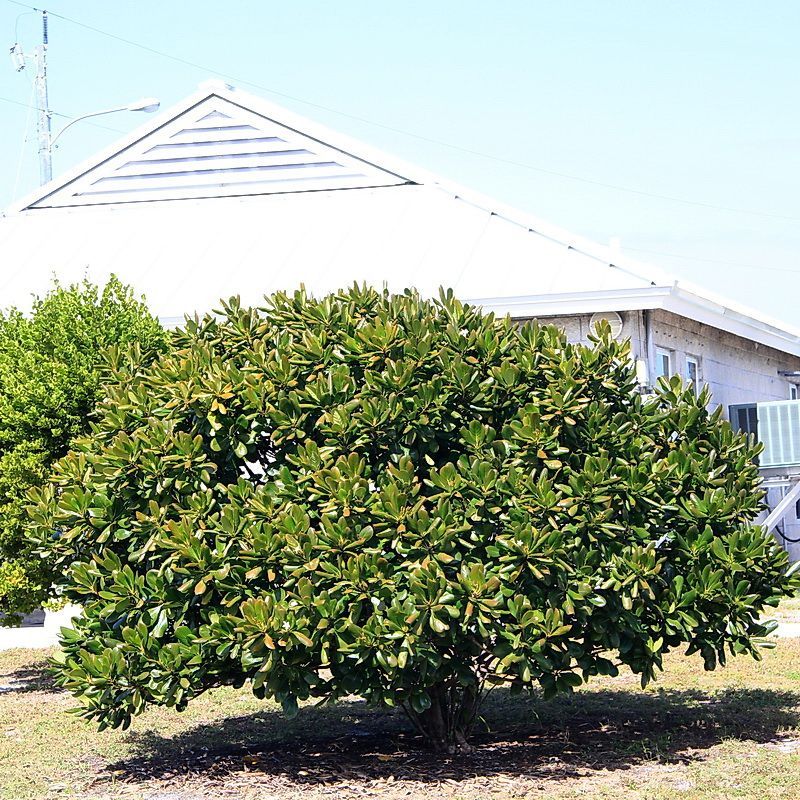FNPS Plant Database
Casasia clusiifolia
Nomenclature
Common Name:
Synonym(s):
Genus species:
Family:
Rubiaceae
Plant Specifics
Form:
Size:
Life Span:
Long-lived perennial
Flower Color:
Fruit Color:
Phenology:
Noted For:
Landscaping
Recommended Uses:
Considerations:
Dioecious (separate male and female plants), so both male and female are required to get fruits.
Mature fruits are not attractive (young fruits are nice looking)
Availability:
Propagation:
Light:
Moisture Tolerance:
Always Flooded---------------------------------Extremely Dry
□□□□□□□□□□□□□□□□□□■■■■■■■■■■■■■■■□□□□□□□□□
Somewhat moist, no flooding -to- Short very dry periods
Salt Water Flooding Tolerance:
Unknown
Salt Spray/Salty Soil Tolerance:
Moderate. Tolerant of salty wind and may get some salt spray.
Soil or Other Substrate:
Sand, Loam
Soil pH:
Suitable to Grow In:
10A,10B,11

USDA zones are based on the average annual extreme minimum winter temperature.
Don't know your zone? Click here to search by zip code.
Ecology
Wildlife:
Larval host plant for tantalus sphinx ( Aellopus tantalus ) moths.
Nectar plant for mangrove skipper ( Phocides pigmalion ) and other butterflies.
Fruit is eaten by birds and mammals. Mockingbirds specifically are reported to enjoy the fruits.
Native Habitats:
Natural Range in Florida:
Visit the USF Libraries Atlas of Florida Plants
Comments:
Ethnobotany:
Wood has been used for tools such as rifle handles.
Fruit is edible when fully ripe (black), but not tasty to many people.
General Comments:
Citations:
http://www.eattheweeds.com/genipa-clusiifolia-an-acquired-taste-2/ (ethnobotany)
EIS. https://edis.ifas.ufl.edu/fp110 ( mockingbirds)
Flora Finds. http://www.floralfinds.com/2017/03/29/sevenyear-apple/ (blog article)
Haehle, Robert G. and Joan Brookwell. 1999. Native Florida Plants. Gulf Publishing Company. Houston, TX.
Institute for Regional Conseervation (IRC). https://www.regionalconservation.org/beta/nfyn/plantdetail.asp?tx=Casaclus (salt tolerance)
Wunderlin, R. P., B. F. Hansen, A. R. Franck, and F. B. Essig. 2021. Atlas of Florida Plants ( https://florida.plantatlas.usf.edu/ ). Institute for Systematic Botany, University of South Florida, Tampa.




-1920w.jpg)







